Work Class ROV Training Course Launched
The world’s first training course in work class ROV operations delivered by an independent training provider has been launched by The Underwater Center in Fort William.
The first intake of students has started on the new five-week course - An Introduction to Work Class ROV Operations - which will change the way industry recruits and trains its staff, the subsea training center said.
The residential course is taking place at the center, which is based on the shores of Loch Linnhe, a tidal sea lake, on Scotland’s west coast. Further courses have been scheduled for the rest of the year to cope with the huge demand for ROV operators forecast by the industry.
The training will come under the umbrella of the new ROV Industry Training Academy, which is being established and will be led by a steering group made up of key industry personnel who will ensure the training closely reflects the needs of the industry. This will include basic training introducing technical personnel to the industry and, in due course, more advanced training designed to accelerate ROV personnel through their careers. It will be delivered in a contextual training environment, ensuring it is as realistic as possible to the conditions that are found offshore.
Steve Ham, General Manager of The Underwater Center, said that the course was a global first for an independent training provider.
The syllabus for the course includes ROV industry familiarization, electrical and electronic systems, a two-day high voltage awareness course, an introduction to hydraulics, working at height training, ROV operations, including pre and post-dive checks, launch and recovery operations, piloting an observation class ROV and Triton XL26 in an operational environment, and an introduction to ROV maintenance, including electrical retermination of armored umbilical and tether.
The center has also created two workshops - a Mechanical Workshop, which houses two of the work class ROVs, the TXL27 and 32 - and an Electrical Workshop where other parts of the practical training take place, including fiber optics and electrical and electronic systems.
Steve Ham said: “The course is aimed at making new entrants to the ROV industry more effective members of the ROV team much faster. Thanks to the unique location and facilities the Center has to offer, we are able to provide training in a contextual environment bringing the offshore experience into an onshore environment.”
Significant industry support, including the provision of hardware for the training, has been provided by companies such as Fugro, Technip, Lawsons Engineering, Forum, Kongsberg, FMC Schilling Robotics, and Digital Edge.
Technip has also led the development of the course syllabus, which was developed in conjunction with the International Marine Contractor’s Association (IMCA) and the ROV industry, to ensure that the training provided meets the needs of industry as well as raises the standard of ROV training.
The course is aimed specifically at personnel meeting the minimum trade requirements set by IMCA, with relevant experience in electrical, electronic or hydraulic trades, wishing to enter the industry as pilot technicians.
The Underwater Center has invested heavily in establishing the training, including the purchase of a new work class ROV support vessel from which training and operations will take place from one of the Center’s moorings. It has also dedicated significant personnel resources to the establishment of the training, as well as to the installation and operation of the system on the vessel.
A recent report by Douglas-Westwood on the Market for Work Class ROV Operations from 2008-2017 showed that ROV expenditure was expected to more than double by the end of the period. IMCA has also highlighted that, due to the projected growth in the market for ROV operations, there would be a shortfall of approximately 2,000 ROV personnel through 2012-2017.
According to Steve, in reality, that figure could be far higher: “There is a concern that if not enough personnel are being trained now, then how will future needs be met?” he said. “We have been working closely with industry to establish the needs and determine the level of training required. Industry has contributed significant help in terms of development of the course syllabus, as well as with the equipment required.
“Usually these specific aspects of training are undertaken by companies spending time and money sending their staff on different training courses, such as high voltage or working at height training.
“Given that the majority of ROV personnel will go on to work with work class ROVs when they enter industry, the students will benefit greatly from having hands-on experience with these systems. We have been working hard in recent months to provide students with the opportunity to train with a work class ROV system, and it was a landmark moment for the Center when it became operational.
“This new training course offers a more cost-effective way for companies to recruit and train their staff. It aims to reduce the time needed to train personnel, therefore reducing the cost of getting staff into more senior roles.”
Jim Mann, Global ROV Manager, Fugro Subsea said that, from an ROV industry perspective, it was obvious that there needed to be major changes in the availability of training initiatives in order to deal with the worldwide shortage of quality trained personnel.
“The investment to secure suitable work class ROV Systems in order to develop the training program is probably beyond the means of most training establishments, and that is where industry stepped in. At Fugro we saw the opportunity to put equipment that was about to be replaced in our ROV Fleet to a continued purpose and opened discussions, through IMCA, with the UK-based Training Establishments,” Mann explained. “It became obvious quite quickly that the natural setting and location of The Underwater Center made it an ideal candidate on which to concentrate our efforts, and we were able to provide two complete work class ROV Systems, along with the requisite spares and tools that these systems had gathered over the years.
“The provision of the work class ROV Systems also proved to be a catalyst to a host of other companies who have come onboard and contributed to what we believe is a world first to provide this type and level of training. What we need to see now is the support of the industry world-wide to take up the training slots and deliver a regular flow of newly trained personnel to support our global operations.”
The Underwater Center is a purpose-built subsea training and trials facility and is based on the shore of a seawater loch, well sheltered by the surrounding mountains. The center’s unique location allows it to provide year-round training and testing in an open-water environment, while still being centrally located in the largest town in the Scottish Highlands.
With access to depths of over 100 meters, it is the ideal location to perform realistic and industry-specific saturation and air diver and ROV pilot technician training, as well as providing a convenient location for subsea equipment trials.
The Underwater Center, which also has a school in Tasmania, comprises an extensive pier complex including four dive stations, classrooms, workshops and decompression chambers. With accommodation and additional classrooms based at the landward end of the pier, it is set up to provide its students with the skills and experience to succeed in their new careers, and continue providing the subsea industry with the workforce that it needs.
Case Study: Shamsul Bin Haron - new training course has global appeal
A graduate in aerospace electronics is one of the first students to take part in the inaugural training course in work class ROV (WCROV) operations, which was launched by The Underwater Center in Fort William this month. Shamsul Bin Haron, a 26-year-old graduate from Singapore Polytechnic, made his first trip to Scotland to join three others on the Introduction to Work Class ROV Operations Course.
Shamsul is currently working as an ROV Pilot Technician Trainee for ASROV Pte Ltd, a subsidiary of Alliance Seaworks Sdn Bhd, based in Singapore and decided to make the change from aerospace to subsea after seeing ROV documentaries on National Geographic.
“After working in the aviation industry for a couple of years, I decided that it made more sense to change my career path and started researching ROV training after seeing some very interesting documentaries. It was when I was doing this research I first came across The Underwater Center,” he said. “I was originally signed up to take part in the ROV Pilot Technician course here at the center, but when my boss found out about this new course he felt it would be much more worthwhile for me to sign on to this, as it covers so much more.”
In the first week the students have completed ROV industry familiarization, which includes working conditions, the work environment and legislation affecting ROV operations. They have also begun training in ROV Operations, where students are introduced to a wide range of operational procedures and skills. The theoretical training is reinforced with real-world practical activities designed to prepare them for the operation of a work class ROV in the coming weeks.
In week two the students have received practical training in ROV electrical and electronic systems, and they are currently carrying out their first ROV flight in open-water
“We are now in our third week and although there has been a lot of information and study involved, the course instructors are very knowledgeable and show us how we can apply what we learn in the working environment.
“We have been able to familiarize ourselves with ROVs and have been given the opportunity to take our first flights with an inspection class ROV, before moving on to the WCROVs.
“I have no prior experience with working on WCROVs and I believe the course will help me greatly, using the experience and advice of the instructors to help in my everyday role back in Singapore.
“The course is as close to what I would experience in my working environment and this will give me great confidence in my ability.”
For the remainder of the five-week course, Shamsul and the other students will be provided with training in high voltage awareness, working at height, ROV maintenance and an introduction to hydraulics.
The Underwater Center is a purpose-built training facility, which incorporates an extensive pier complex including four dive stations, classrooms, workshops and decompression chambers.
With accommodation and additional classrooms based at the landward end of the pier, The Underwater Center is set up to provide its students with the skills and experience to succeed in their new careers, and continue providing the subsea industry with the workforce that it needs.



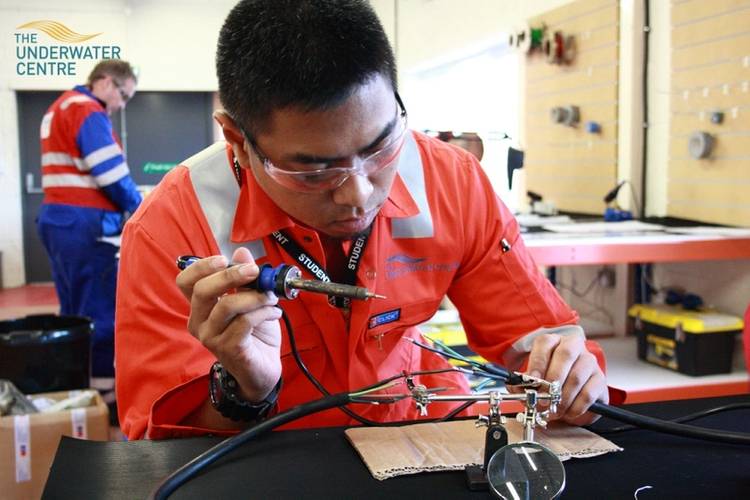
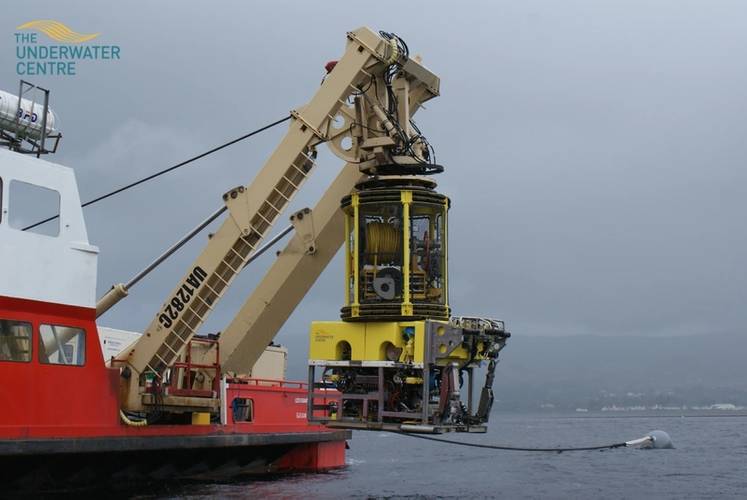



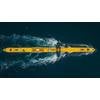
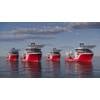
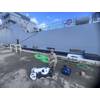






 August 2025
August 2025



